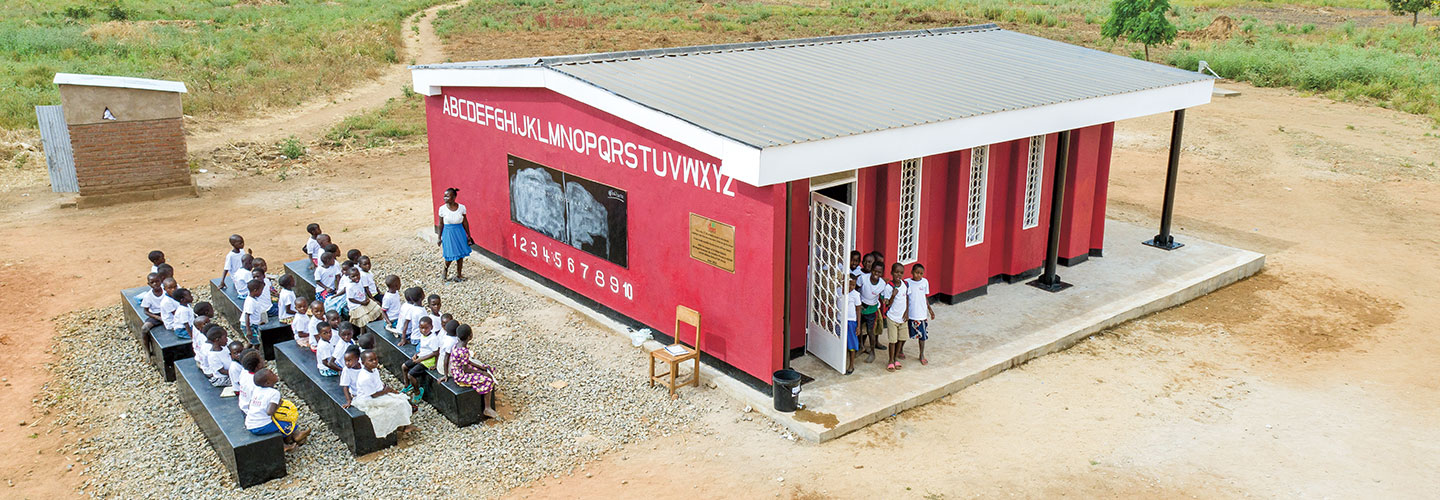Imagine waking up one day and—poof!—there’s a new school across the road from your home. Something like that recently happened in a village in Malawi, a country in Africa. No, it wasn’t magic. It was 3-D printing. Last June, the village became home to the world’s first 3-D printed school. Its concrete walls were built in about 18 hours.
Before the school opened, many kids in the area had to walk miles to reach the nearest school. Other villages in Malawi face the same problem. Now 3-D printed schools can be created in a fraction of the time it takes to build one the usual way.
The first 3-D printers were developed in the 1980s, and the technology has improved greatly in recent years.
“3-D printing has come a long way in the last decade,” says Easton LaChappelle. He runs a company that makes a 3-D printed prosthetic arm called TrueLimb. “It’s a lot faster now.”
Around the globe, people are exploring new ways to use 3-D printing to improve our daily lives.
Imagine waking up one day to a surprise. Poof! There’s a new school across the road from your home. Something like that recently happened in a village in Malawi, a country in Africa. No, it wasn’t magic. It was 3-D printing. Last June, the village became home to the world’s first 3-D printed school. Its concrete walls were built in about 18 hours.
Before the school opened, many kids in the area had to walk miles to reach the nearest school. Other villages in Malawi face the same problem. Now 3-D printed schools can be created in a fraction of the time it takes to build one the usual way.
The first 3-D printers were developed in the 1980s. The technology has improved greatly in recent years.
“3-D printing has come a long way in the last decade,” says Easton LaChappelle. He runs a company that makes a 3-D printed prosthetic arm called TrueLimb. “It’s a lot faster now.”
Around the globe, people are exploring new ways to use 3-D printing to improve our daily lives.

